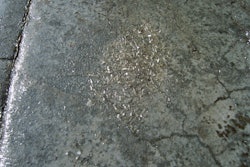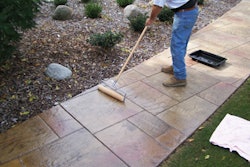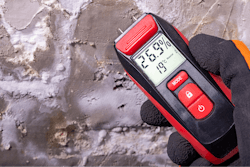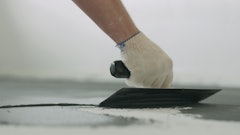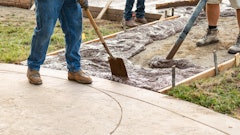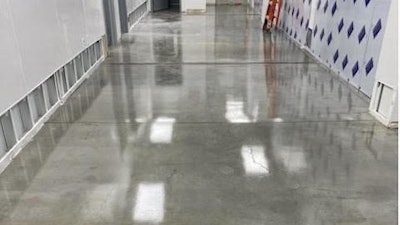
A variety of industries from healthcare to agriculture and public sector settings require the facilities they operate out of to meet specified standards and environmental controls to promote the health and safety of both the production, final product, and the staff present at each facility.
Take the healthcare industry for example, from operating rooms to pharmaceutical labs, all settings must adhere to rigorous environmental and hygienic controls to minimize the risk of contamination. Indoor plant growth facilities must uphold strict standards to avoid unwanted microbes that could potentially contaminate plants throughout the growing process and prove detrimental to overall operations. Agricultural businesses that are growing fruits and vegetables in indoor facilities through hydroponics and veterinary offices that conduct daily procedures on pets face similar requirements.
Meeting the safety requirements mandated by each industry starts from the ground up, or in this case from the floor up. As facilities undergo high-traffic activities and rigorous cleaning schedules, ensuring they have the proper floor preparation in place to protect the concrete from chemical and environmental exposure is critical for the safety and cleanliness of each building space and to help maintain the high levels of performance expected from these industries. This is where an antimicrobial surface protection strategy for the facility’s floor can come into play.
An antimicrobial surface protection strategy involves applying a specialized floor coating that minimizes the ability for microbes to grow on floor surfaces. It is a two-part water-based epoxy that has been specially formulated to bond to existing surfaces without a profile. Let’s look at the ins and outs of antimicrobial surface protection.
Preparation
Whether a facility is in the process of being constructed, or an organization is taking over an established build, it's important for each to understand the unique needs of their environment and what their long-term needs will be to apply the right number of coats. For example, indoor greenhouse facilities and healthcare facilities will need antimicrobial surface protection to control exposure to bacteria and viruses as well as reduce mold and mildew.
New builds will need to apply a preventative coating first and then a secondary coating that includes the antimicrobial agent throughout and after construction. The main coating is designed to keep dust down and the substrate from being damaged. The secondary coating incorporates an antimicrobial additive that resists bacteria and harmful chemicals.
In the instance that the facility is already built and being taken over by a new company, the antimicrobial coat can go on quietly without requiring blasting or grinding. For example, should a company take over an existing facility, the floor can be coated with the antimicrobial agent retroactively and cut into all the existing surfaces including crown molding, tight edges, and more without disturbing the environment.
The key factor to keep in mind during the preparation phase is that the coat itself does not require prior prep, other than ensuring the floor is clean and dry before being applied. This can create cost savings by reducing the amount of protection and time needed to apply since blasting and grinding are usually not required.
Prevention & Protection
Once applied, the antimicrobial coat has been proven to reduce up to 99.9% of microbes including K.pneumoniae, S. aureus, and P. aeruginosa. As well, the antimicrobial coat can provide facilities with additional preventative and protective benefits beyond inhibiting microbes. For example, if the facility is under construction, builders can coat the concrete with the antimicrobial agent prior to the actual building being assembled as a preventative measure so that other building steps like adding drywall and painting do not affect the quality of the concrete – giving staff a clean concrete to work off and easily clean and polish. Additionally, during implementation, construction pros can look to add additional texture to the coats, such as aluminum oxide, to increase slip resistance.
Maintainable
Once installed, facilities can easily clean the antimicrobial surface, ensuring they are meeting the strict requirements mandated by their industry. As well, facilities will also benefit from the ability to easily repair the coating. If the floor is damaged or scratched, all a contractor would have to do is clean and recoat to repair.
Antimicrobial surface protection will continue to be a key component for highly regulated environments. From healthcare to agricultural industries and even schools, a variety of industries need to regulate exposure to potential microbes that can be detrimental to their staff and overall production. Antimicrobial surface protection helps enhance the overall health and wellness of facilities by creating an environment through preventative, protective, and maintainable measures.
About the author
Jack Aspenson is the CEO and Founder of S3 Surface Solutions.




